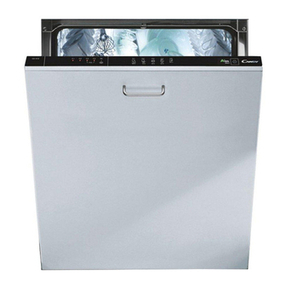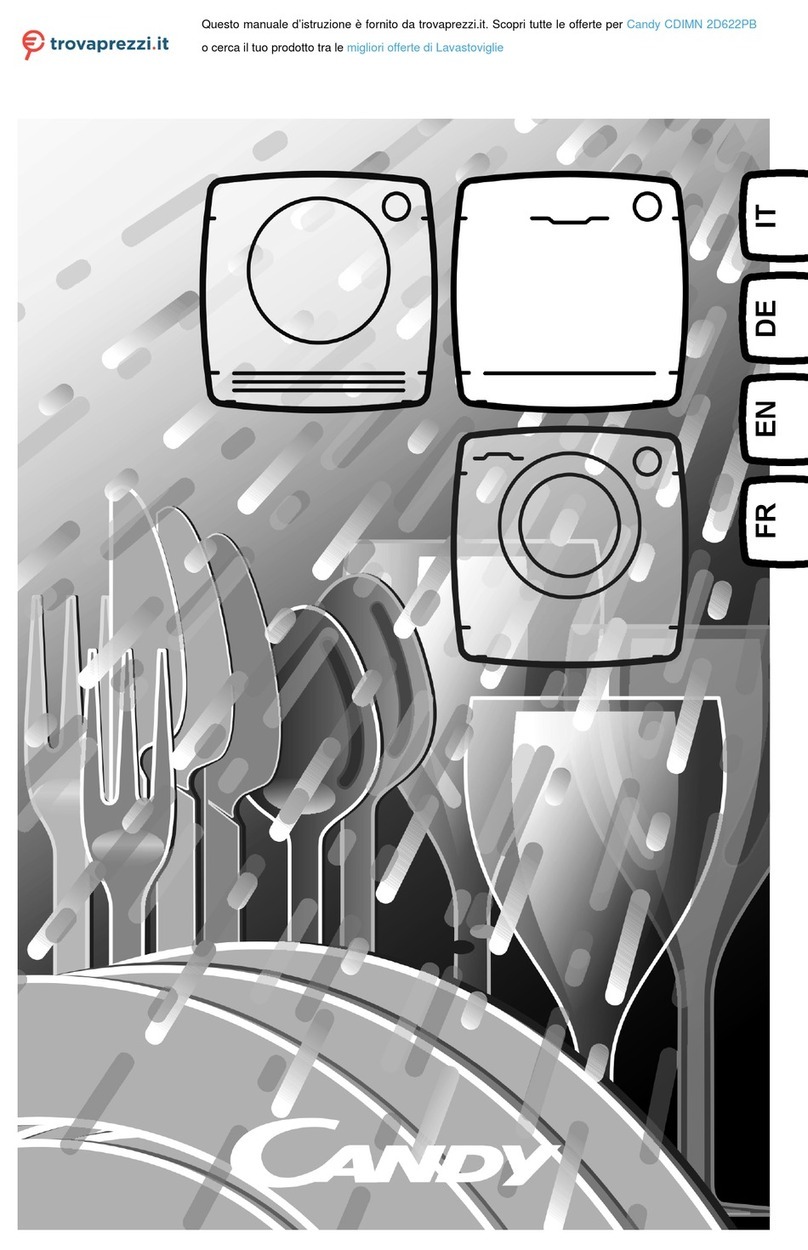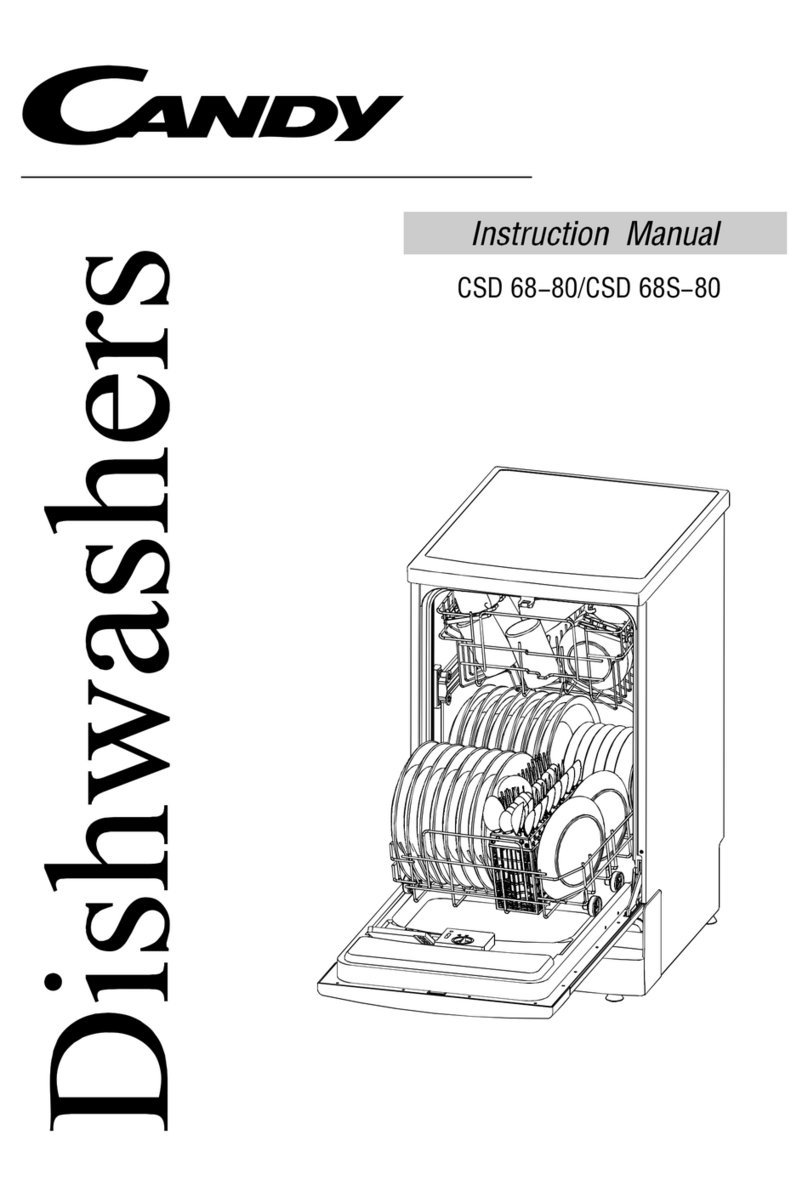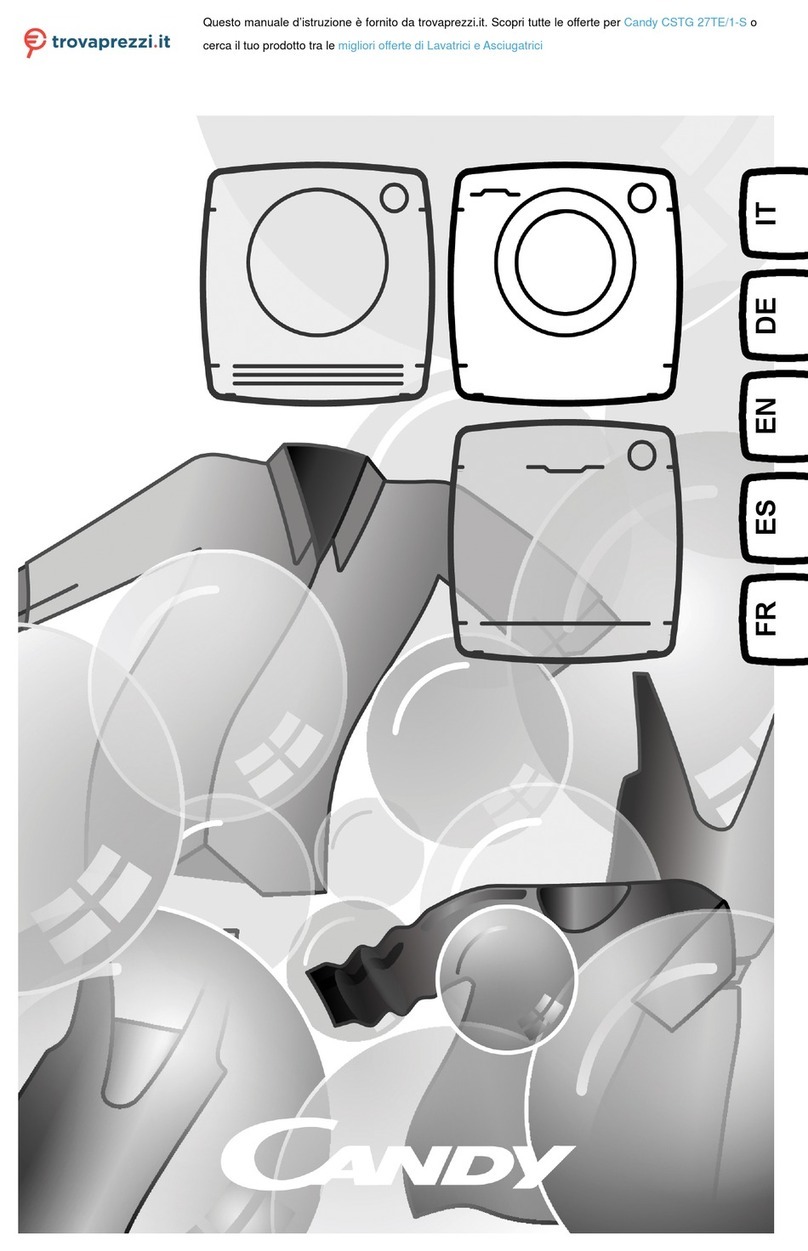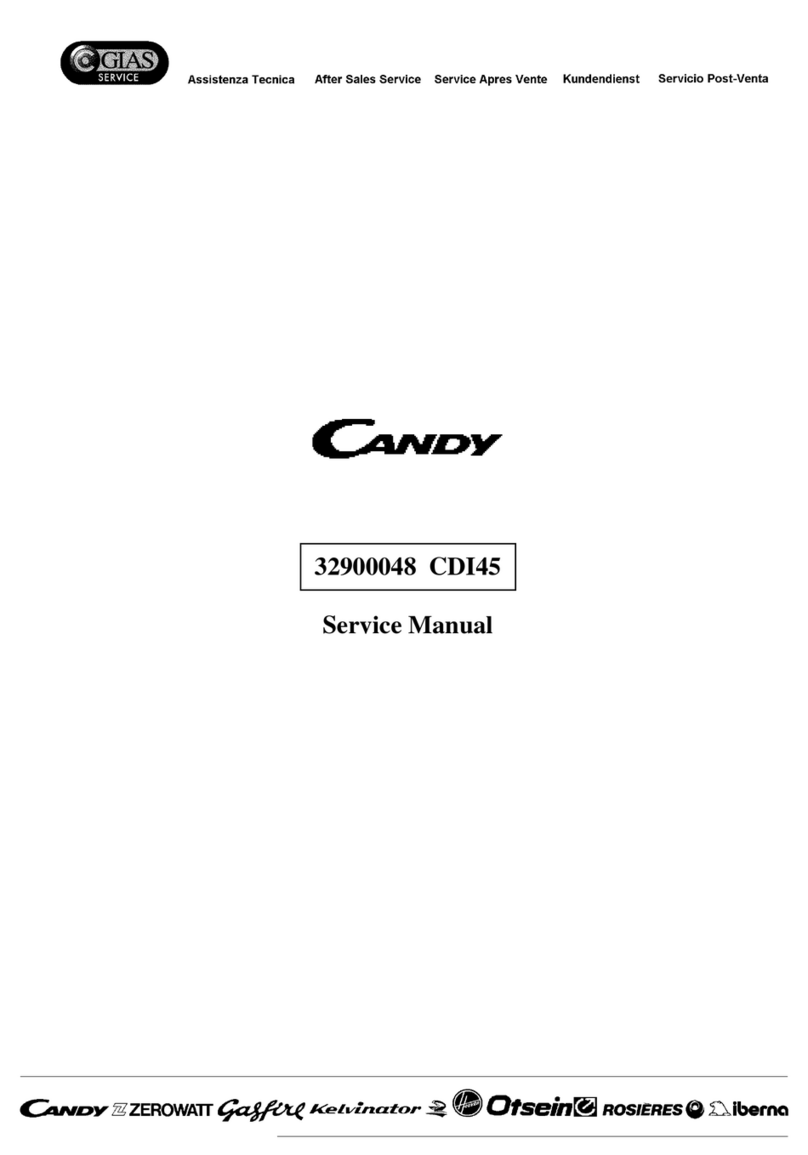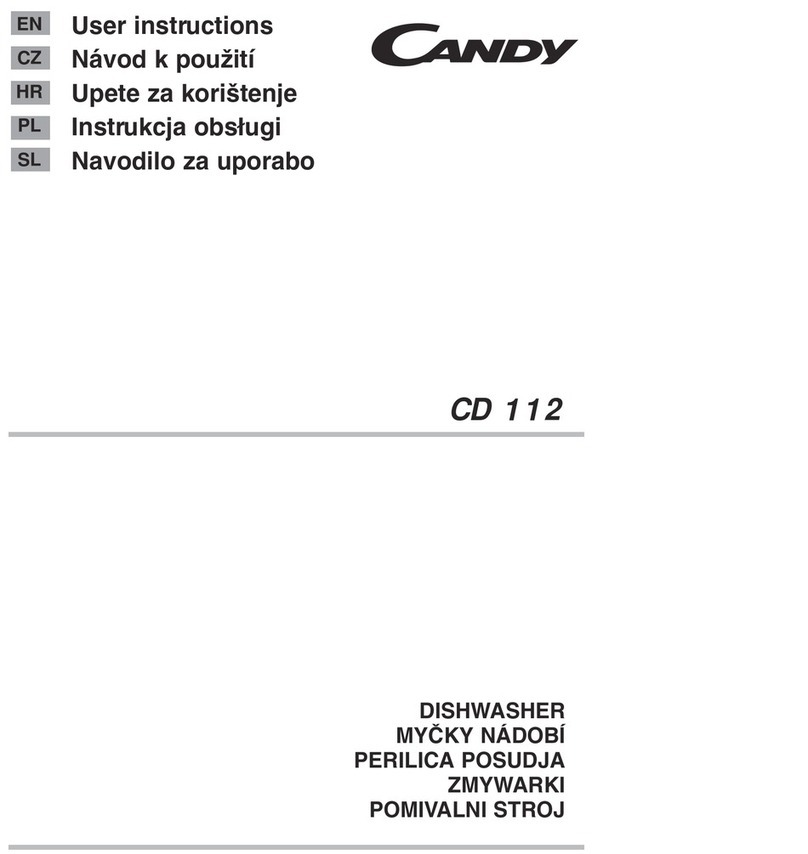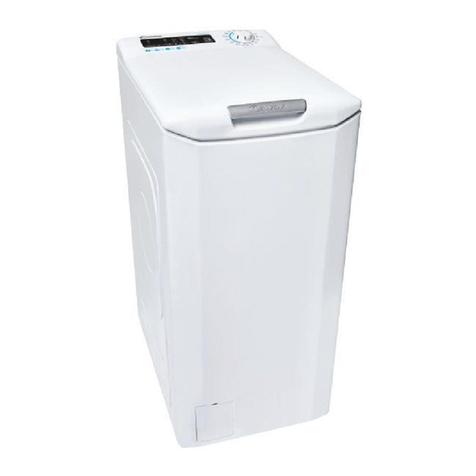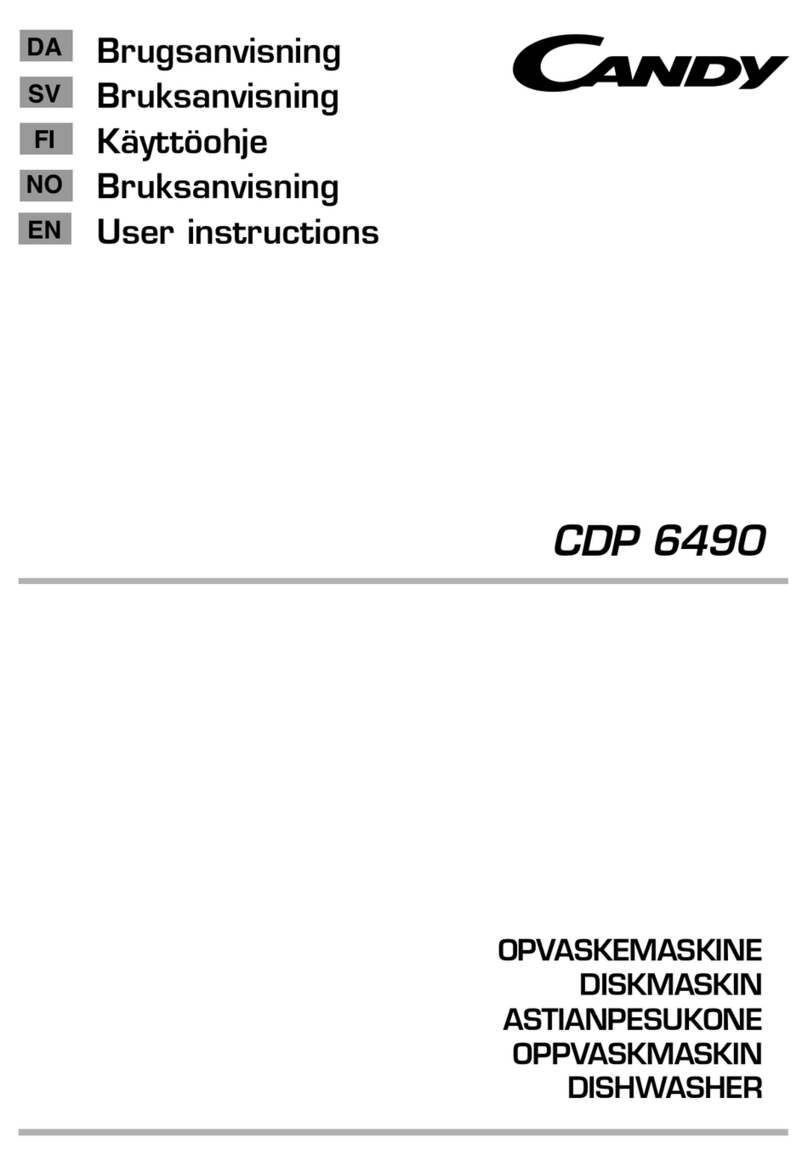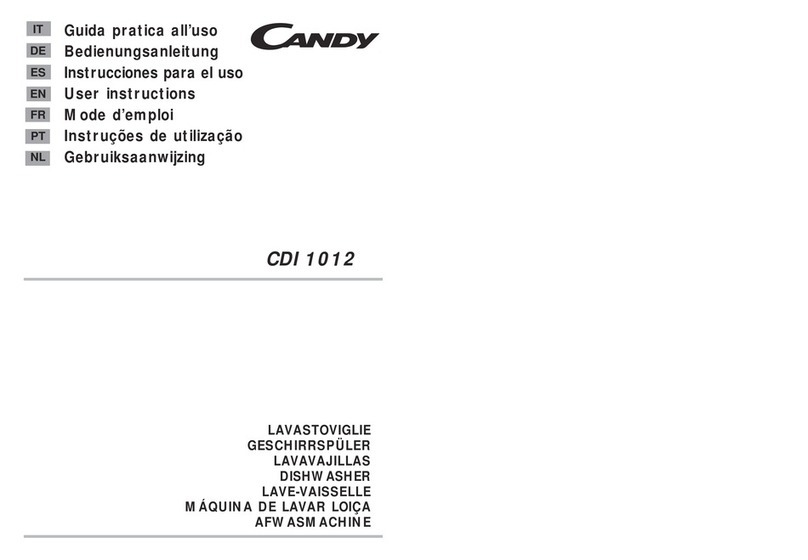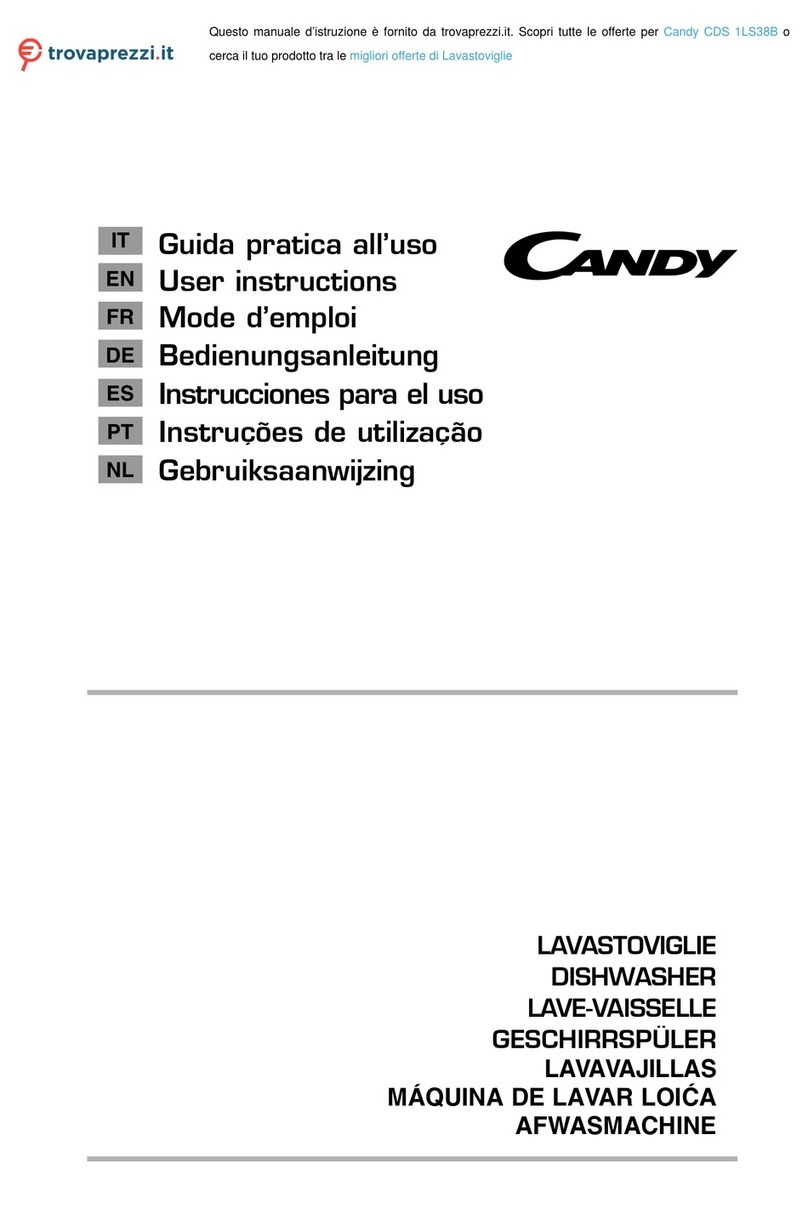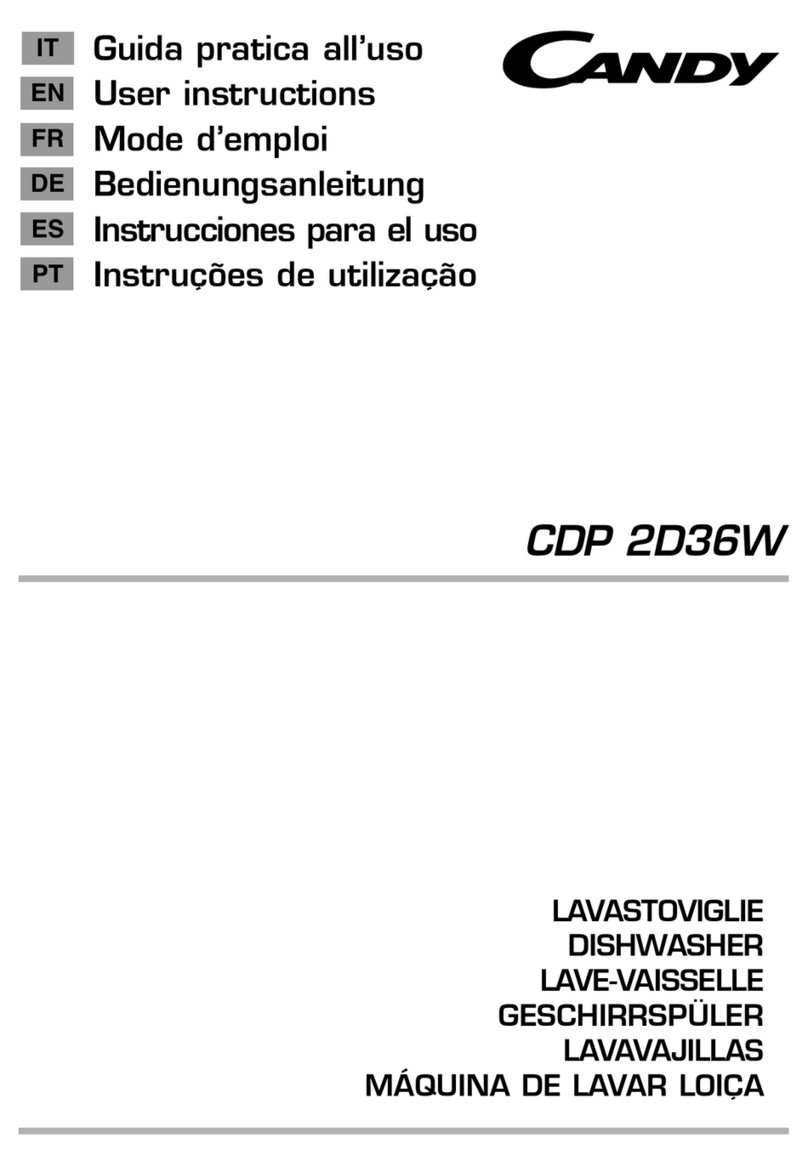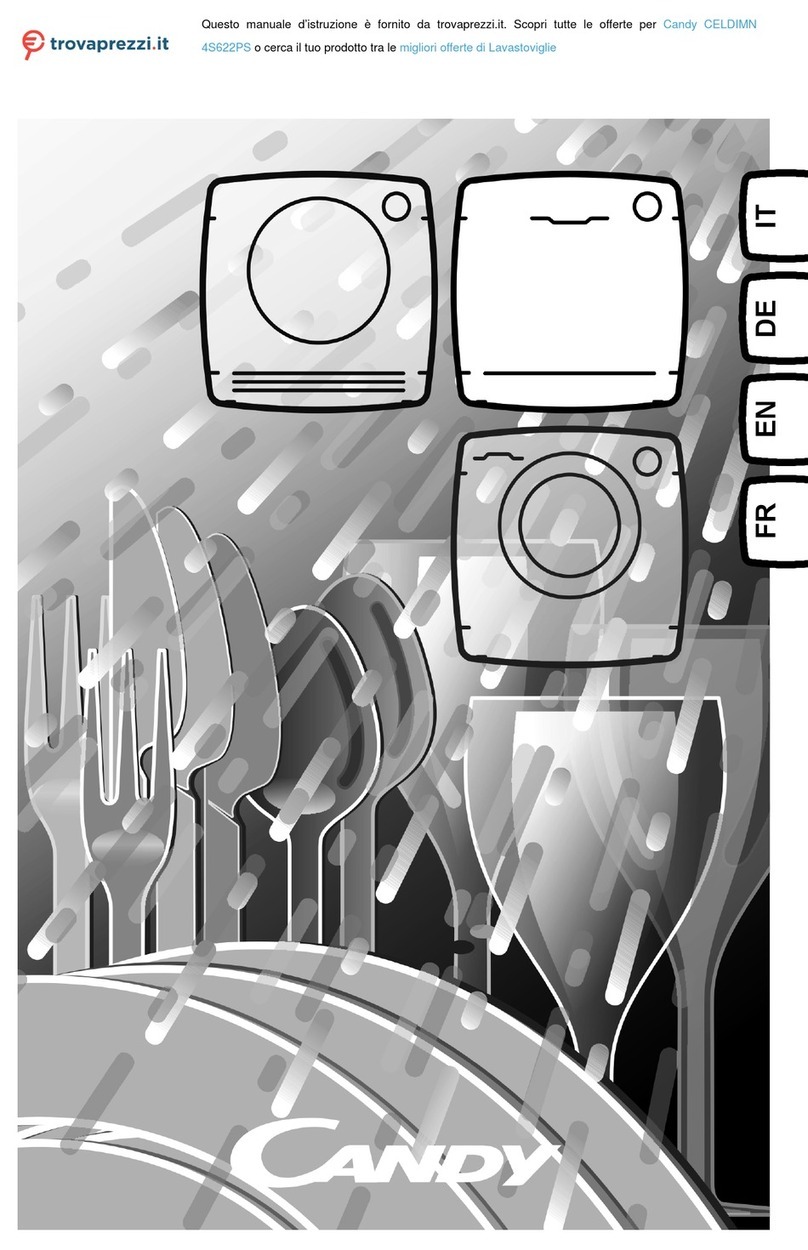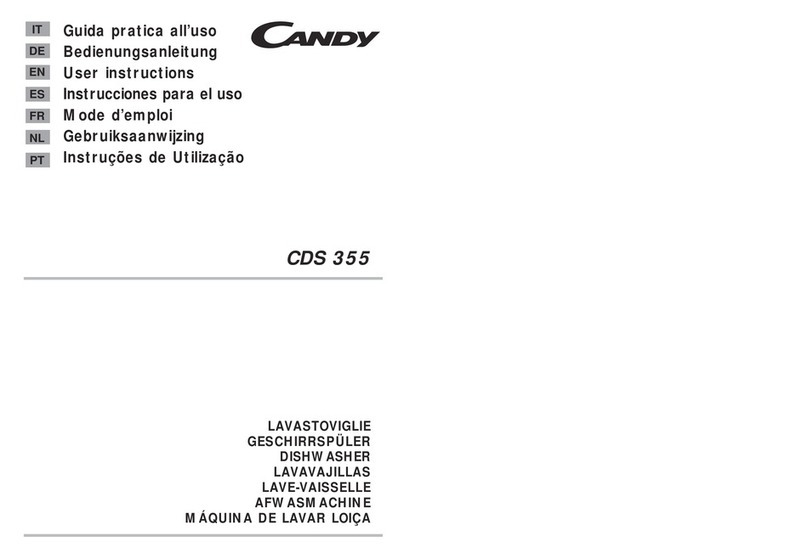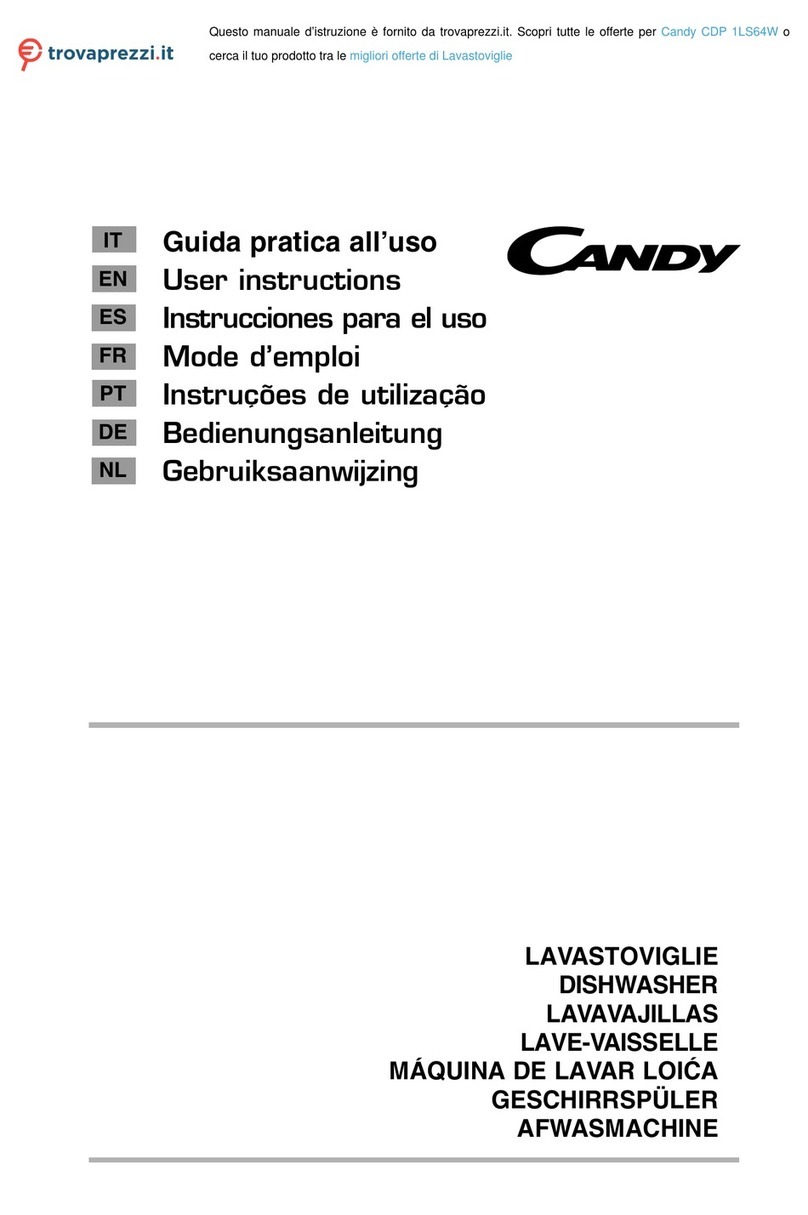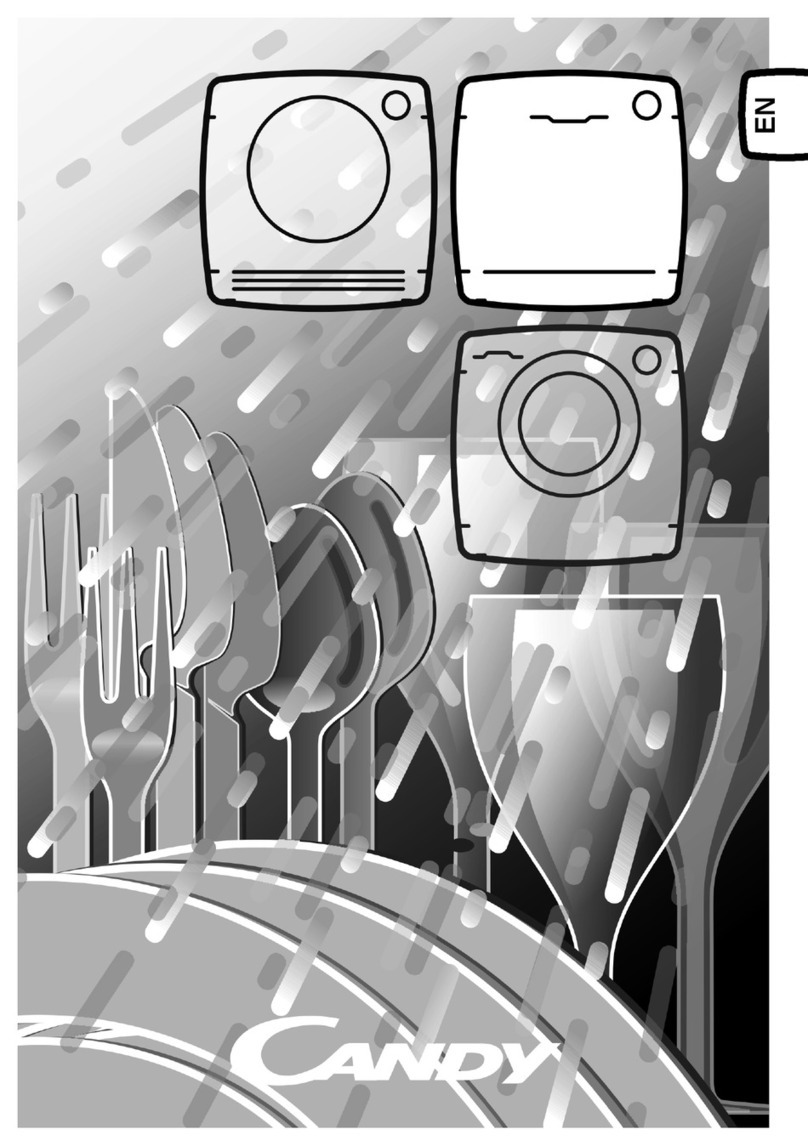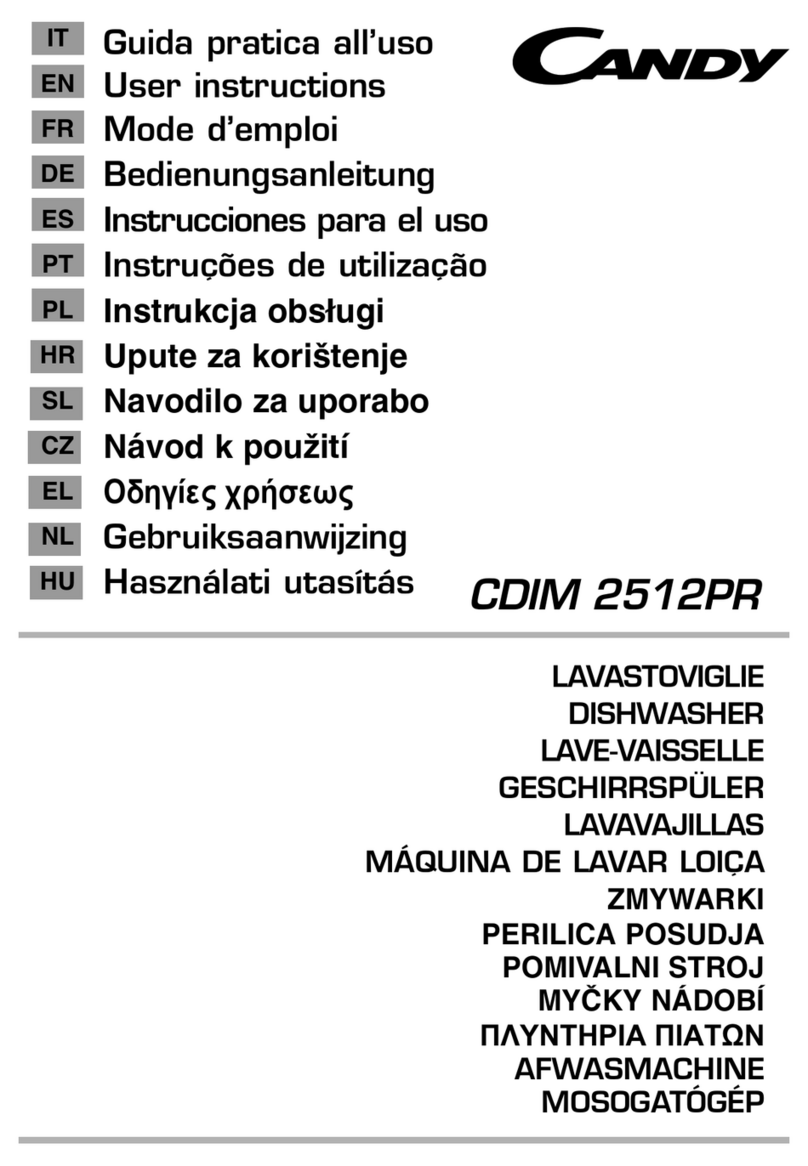1
IMPORTANT SAFETY INFORMATION
READ ALL INSTRUCTIONS BEFORE USING
WARNING!
GROUNDING INSTRUCTIONS
This appliance must be grounded. In the event
of a malfunction or breakdown, grounding will
reduce the risk of electric shock by providing a
path of least resistance of electric current. This
appliance is equipped with a cord having an
equipment-grounding conductor and a grounding
plug. The plug must be plugged into an appropriate
outlet that is installed and grounded in accordance
with all local codes and ordinances.
WARNING!
Improper connection of the equipment-
grounding conductor can result in a risk
of electric shock. Check with a qualified
electrician or service representative if you
are in doubt whether the appliance is
properly grounded. Do not modify the plug
provided with the appliance ;If it is not fit
for the outlet .have a proper outlet installed
by a qualified electrician.
n
n
SAVE THESE INSTRUCTIONS
When using your dishwasher, follow the below basic precautions including the following:
READAND FOLLOW THIS SAFETY INFORMATION CAREFULLY
WARNING! PROPER USE
nKeep child away from detergent and rinse aid, keep
child away from the open door of the dishwasher,
there could still be some detergent left inside.
nDo not abuse, sit on, or stand on the door or dish
rack of the dishwasher.
nDo not touch the heating element during or
immediately after use.
nDo not wash plastic items unless they are marked
dishwasher safe or the equivalent. For plastic
items notso marked,check themanufactures
recommendations.
Use only detergent and rinseadditives designed
for an automaticdishwasher. Neveruse soap ,
laundry detergent,or hand washingdetergent
in your dishwasher. Keep theseproducts out of
children.
n
n
n
n
n
Do not operate your dishwasher unless all
enclosure panels are properly inplace. Open the
door very carefully if the dishwasher is operating,
there is a risk of water squirting out.
nDo not place any heavy objects of stand on the door
when it is open. The appliance could tip forward.
When loading itemsto be washed:
1) Locate sharpitems so thatthey are notlikely to
damage the doorseal;
2) Load sharpknives with thehandles up toreduce
the risk ofcut-type injuries.
n
When using yourdishwasher, youshould prevent
plastic item fromcontacting with heatingelement.
n
n
n
n
n
n
n
n
n
